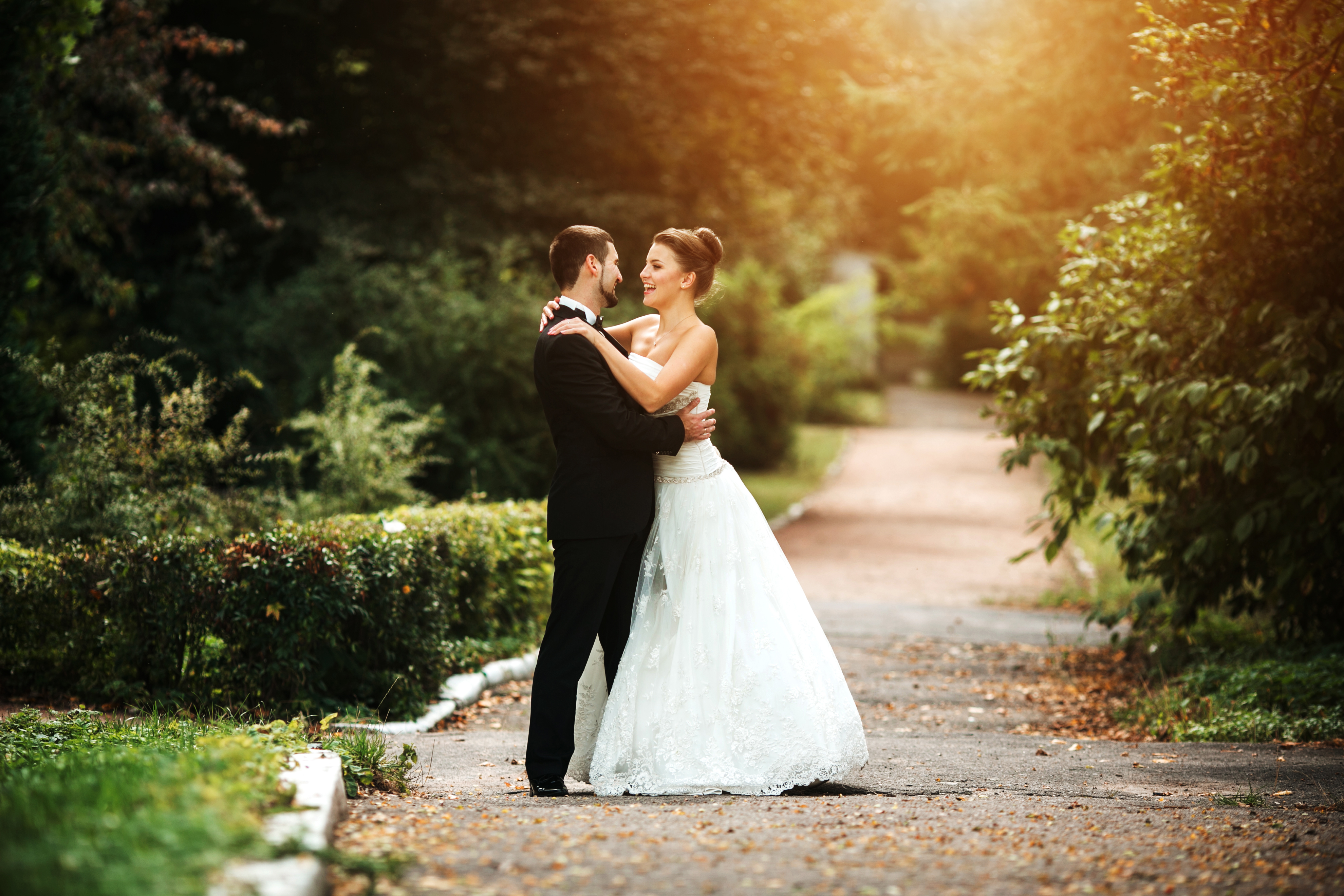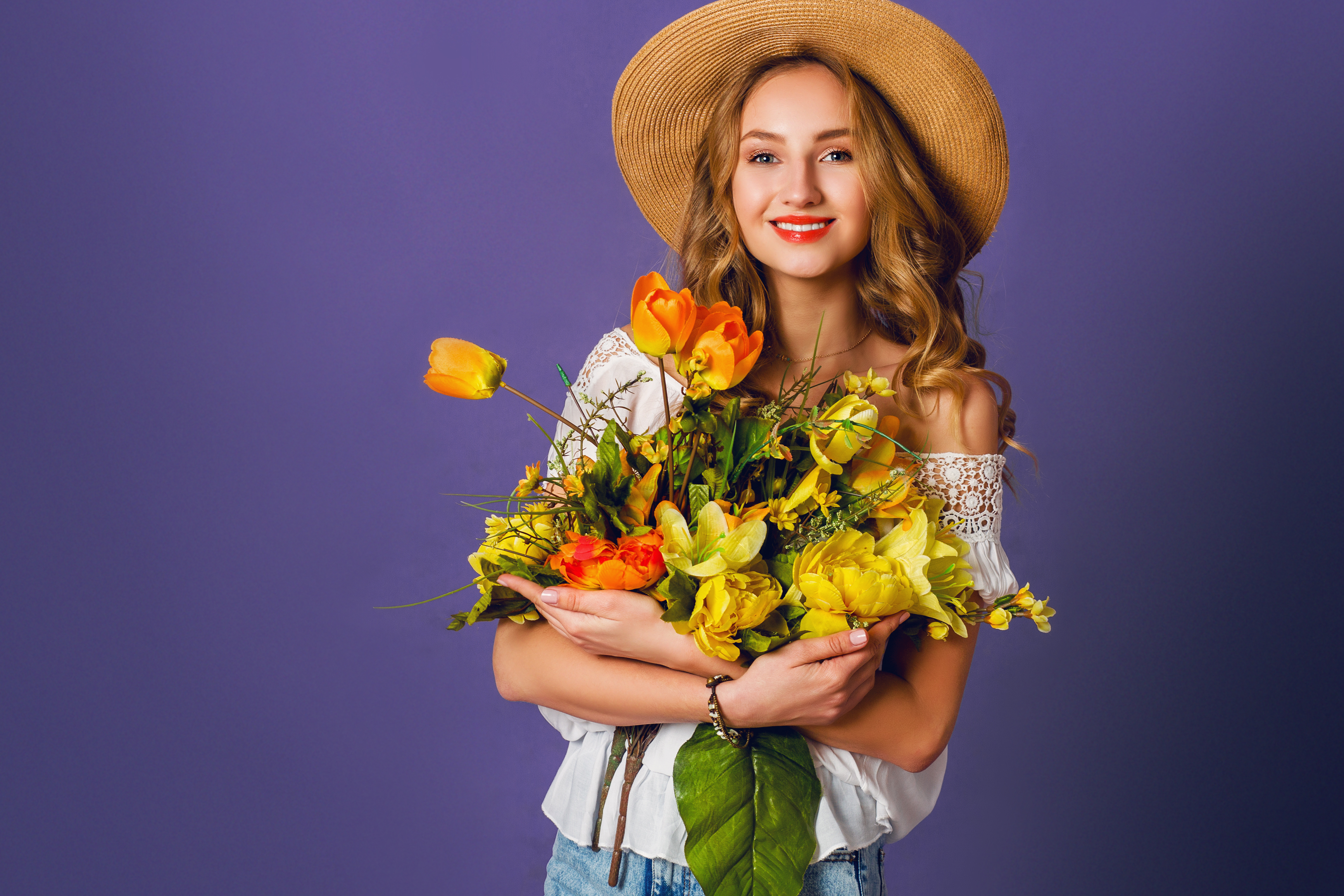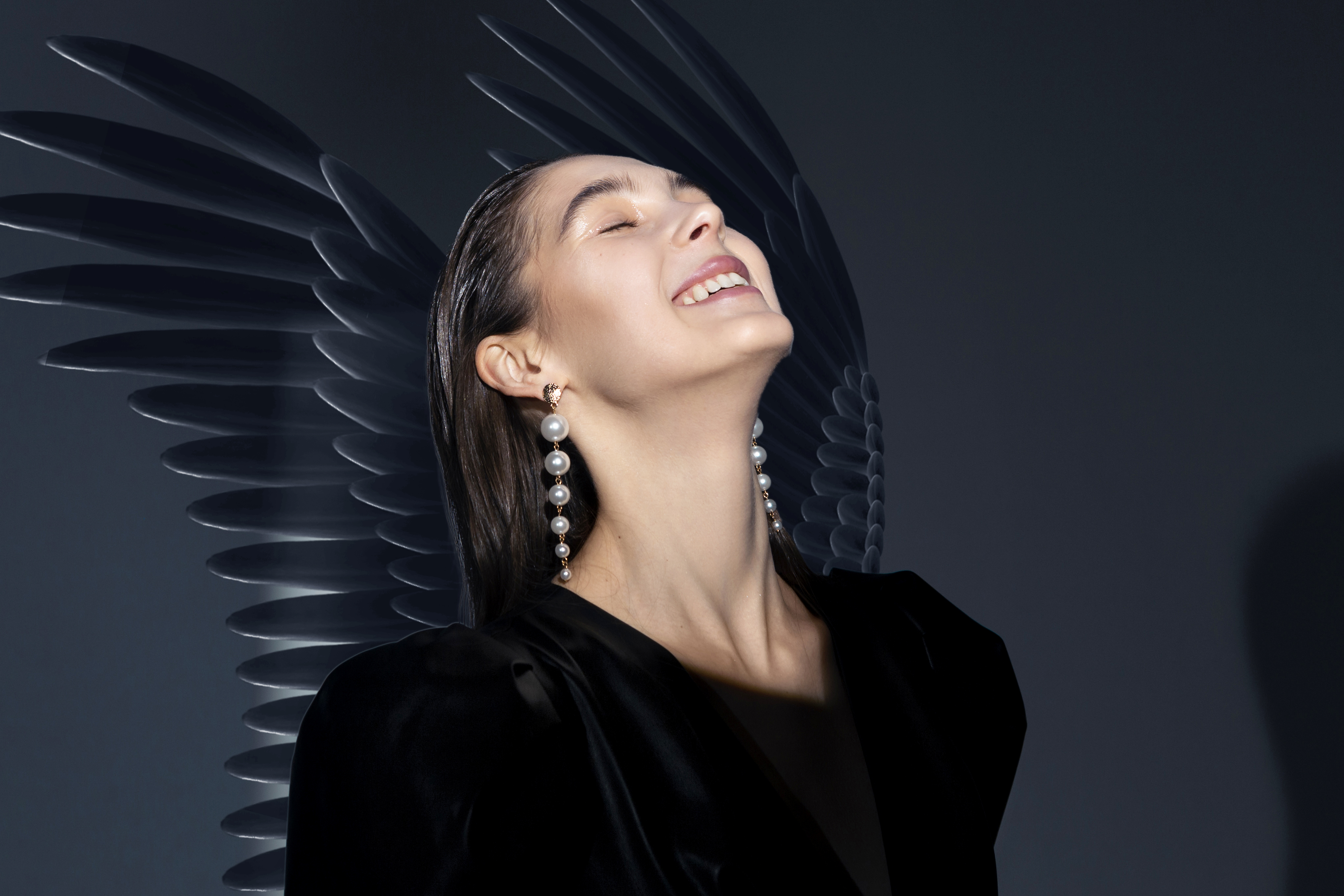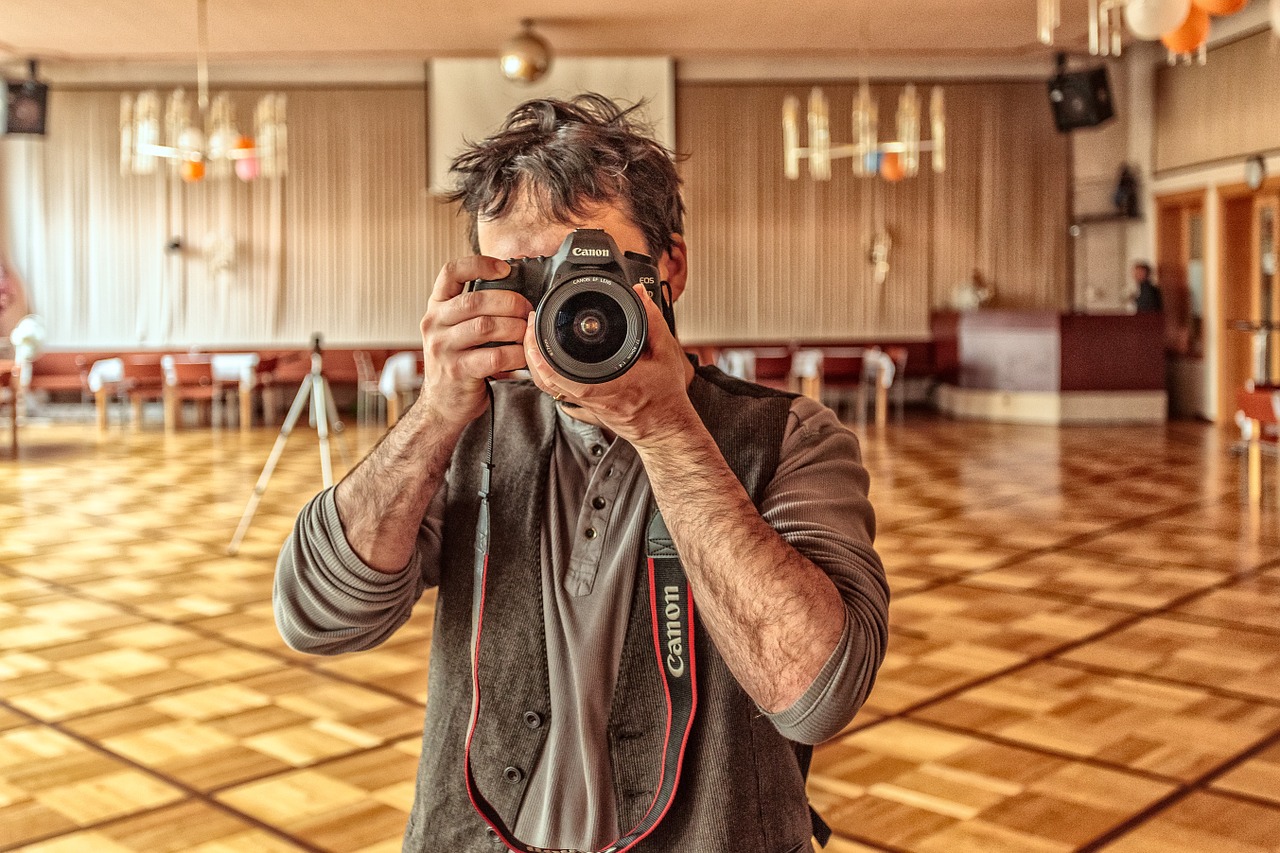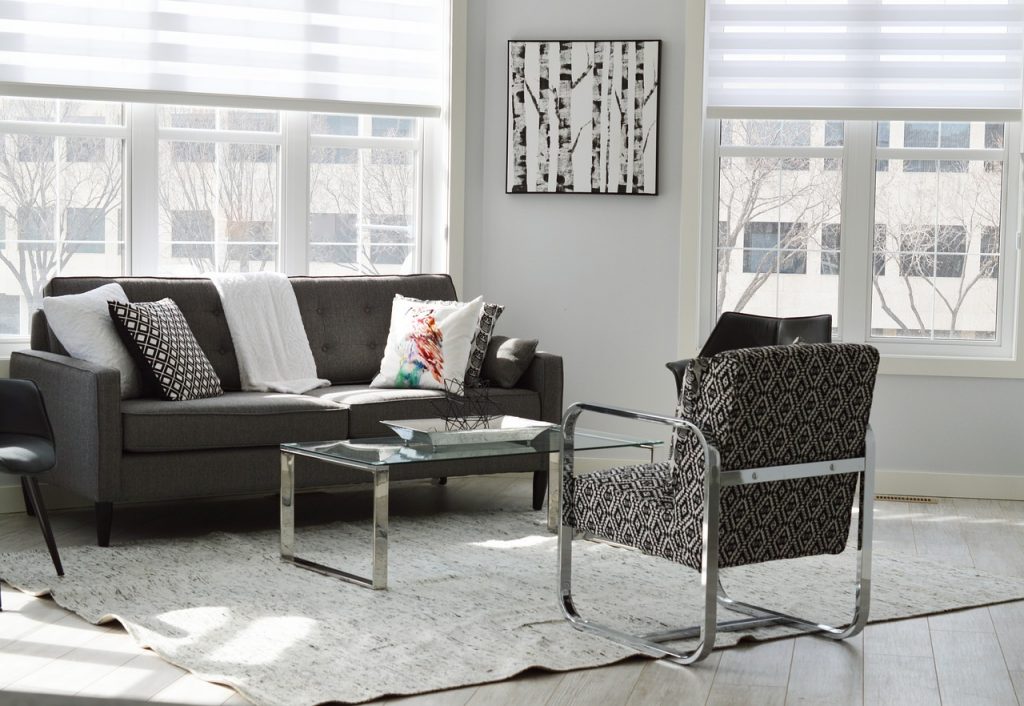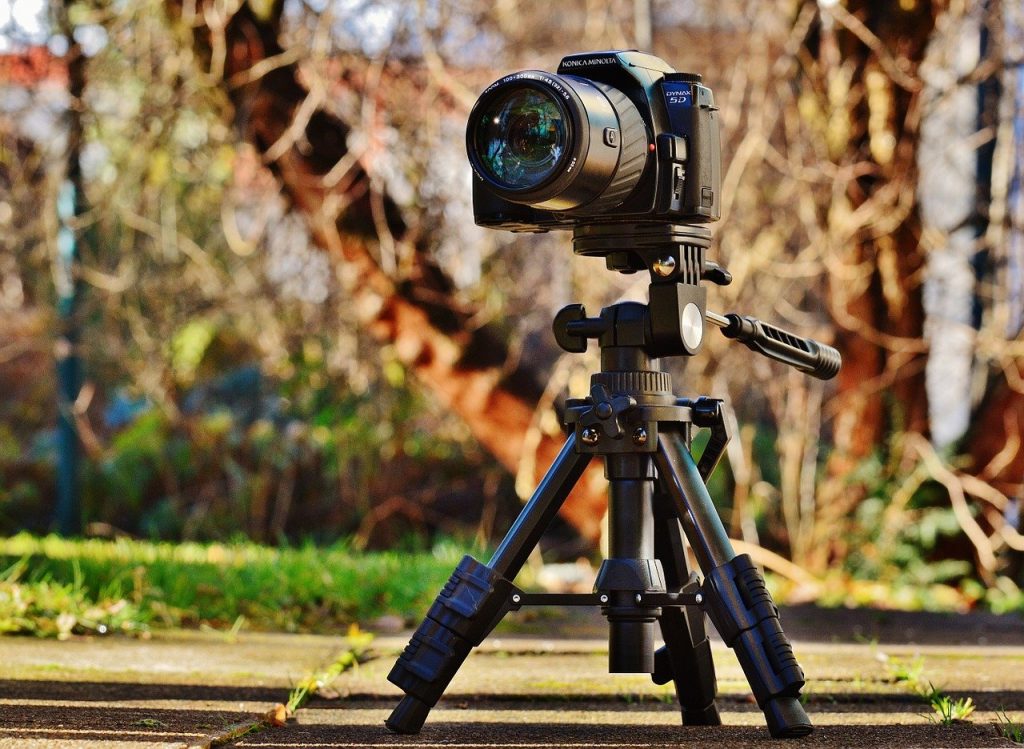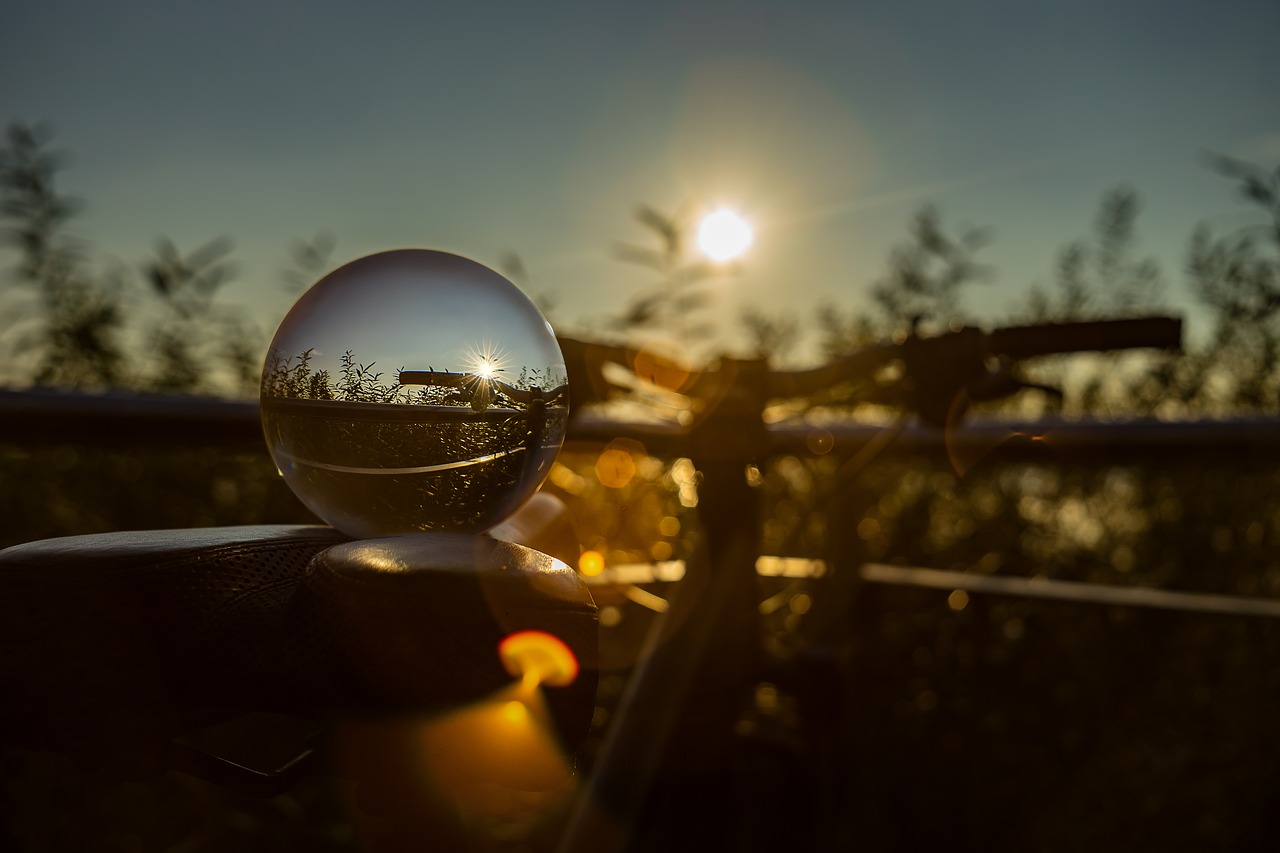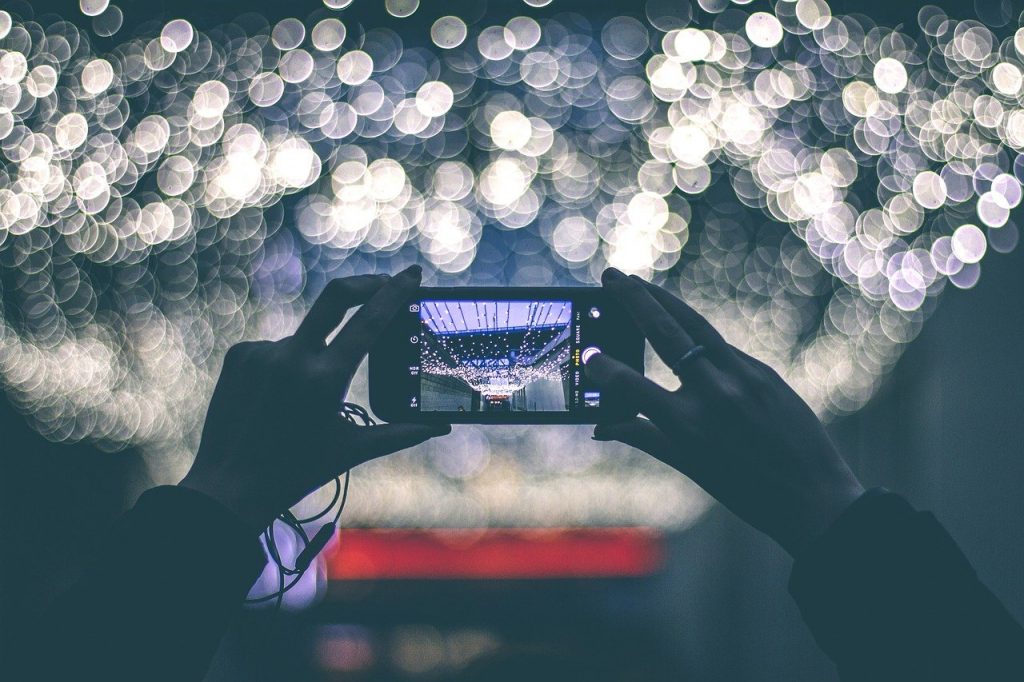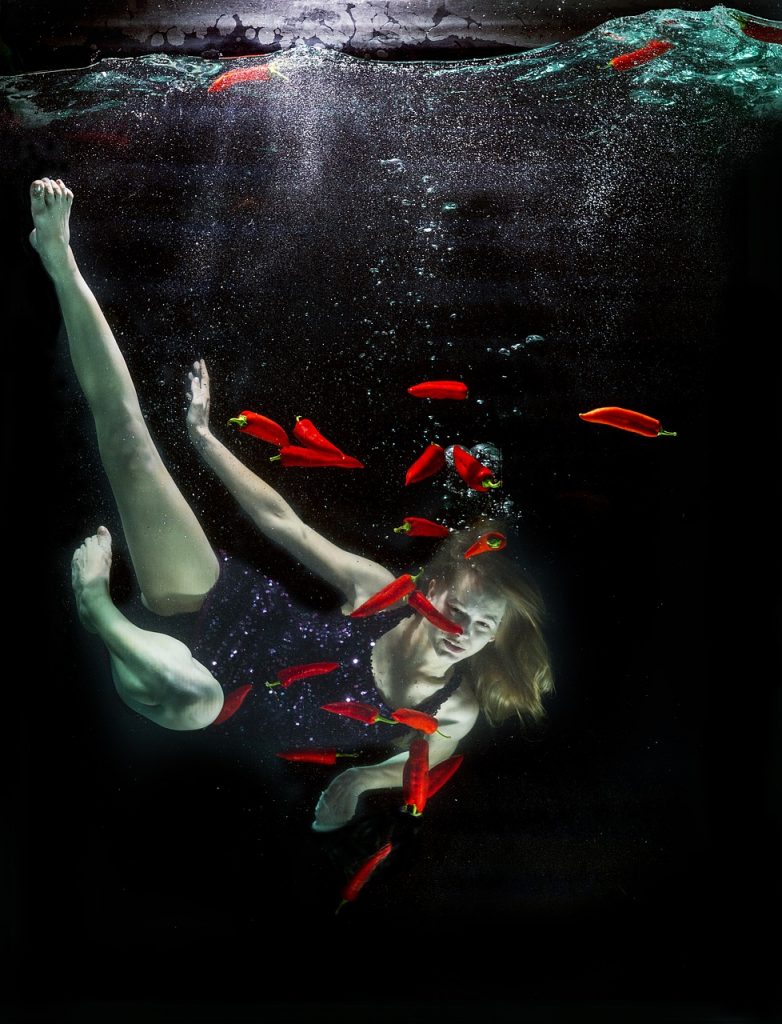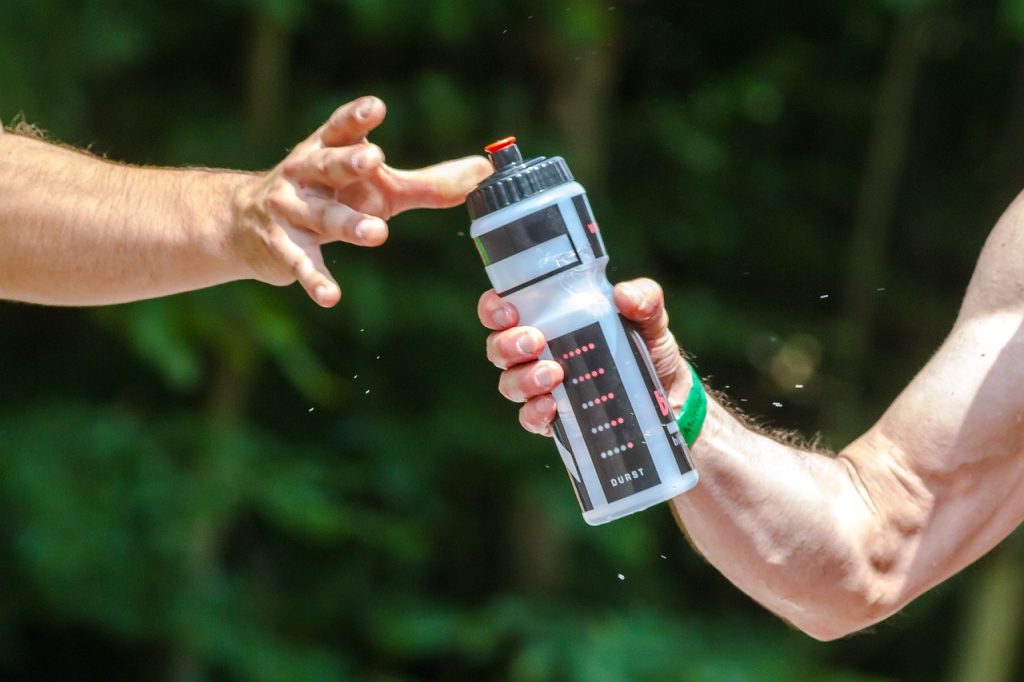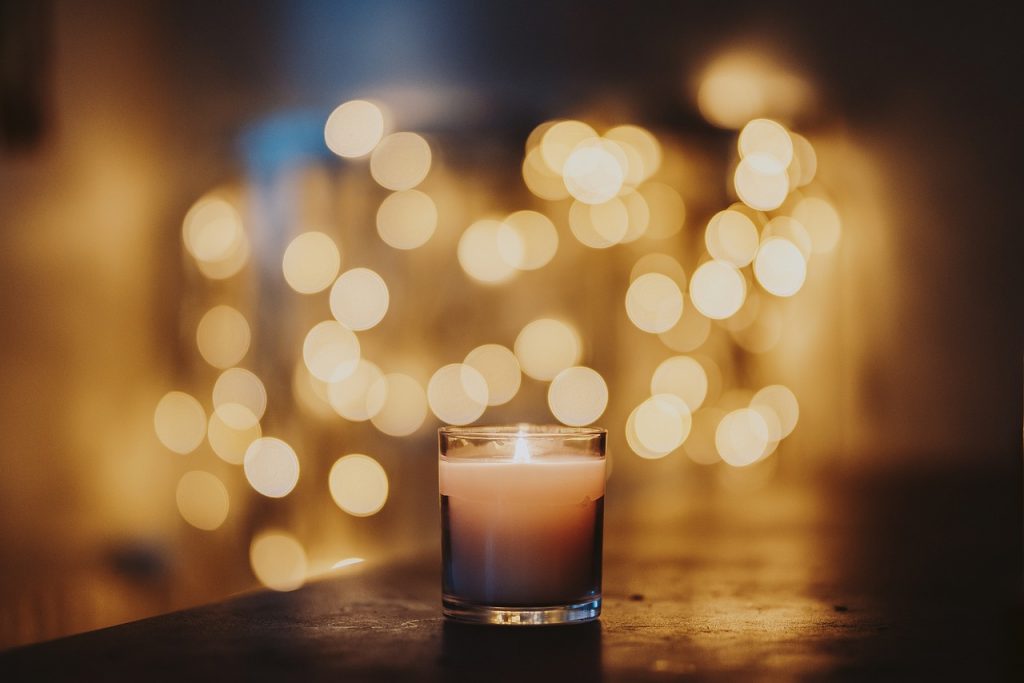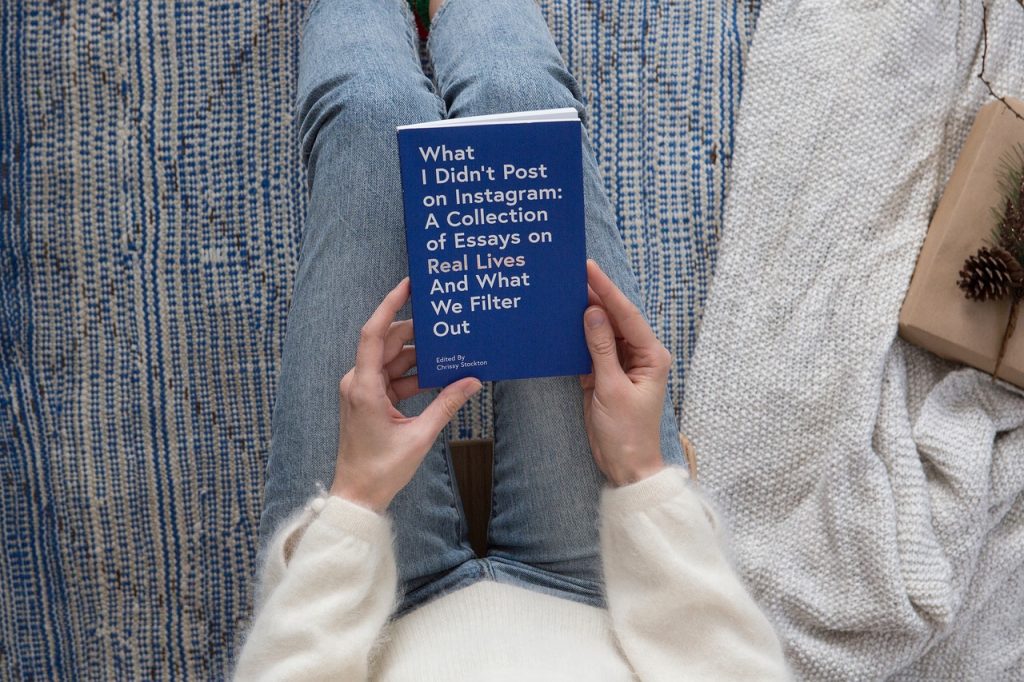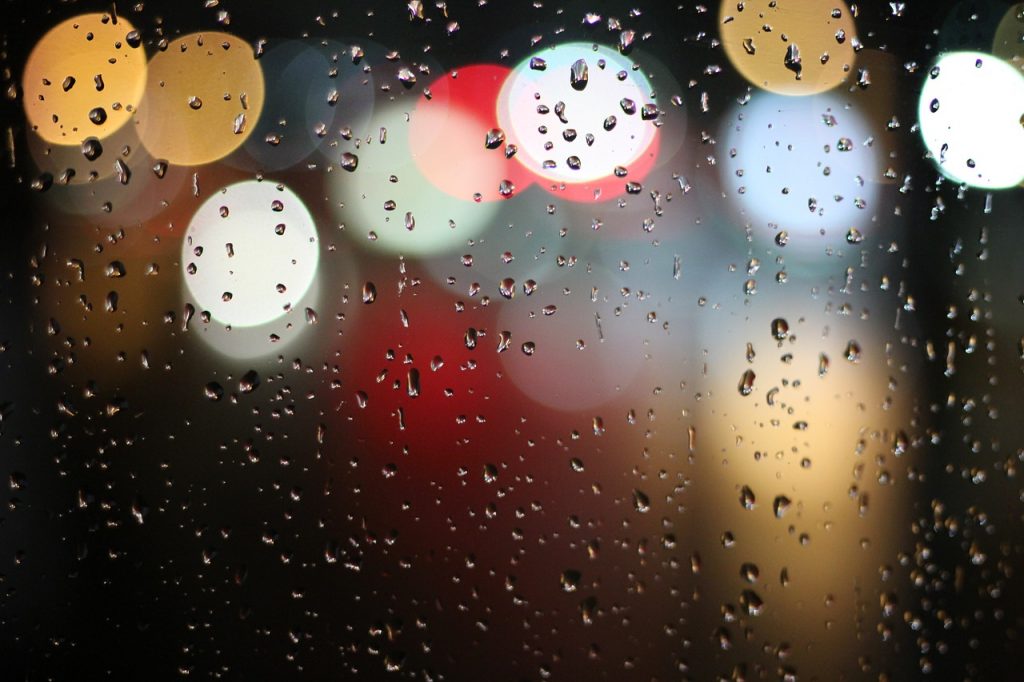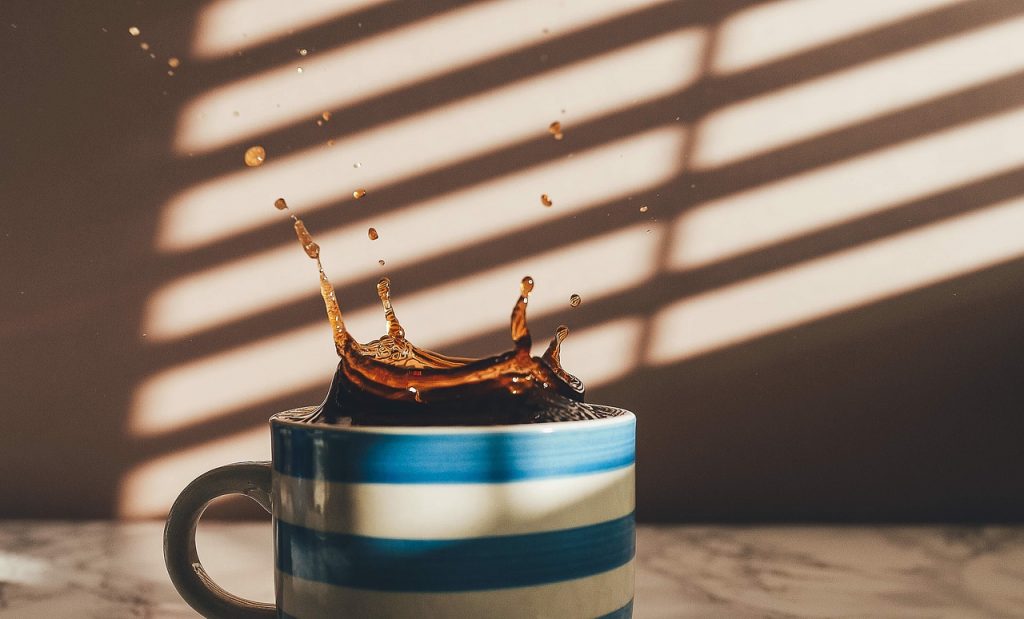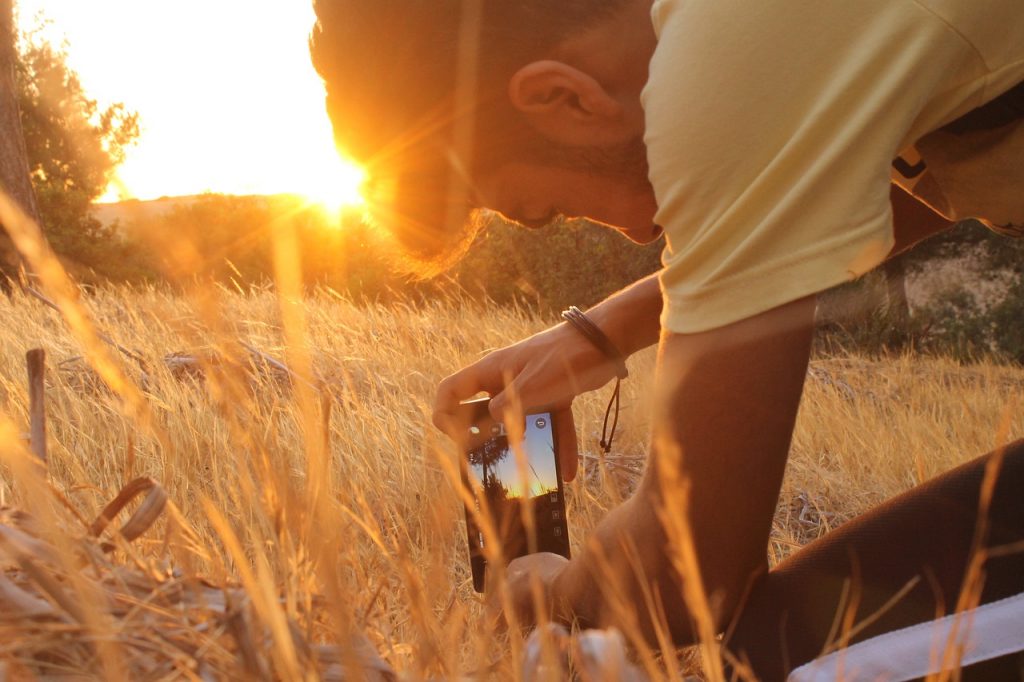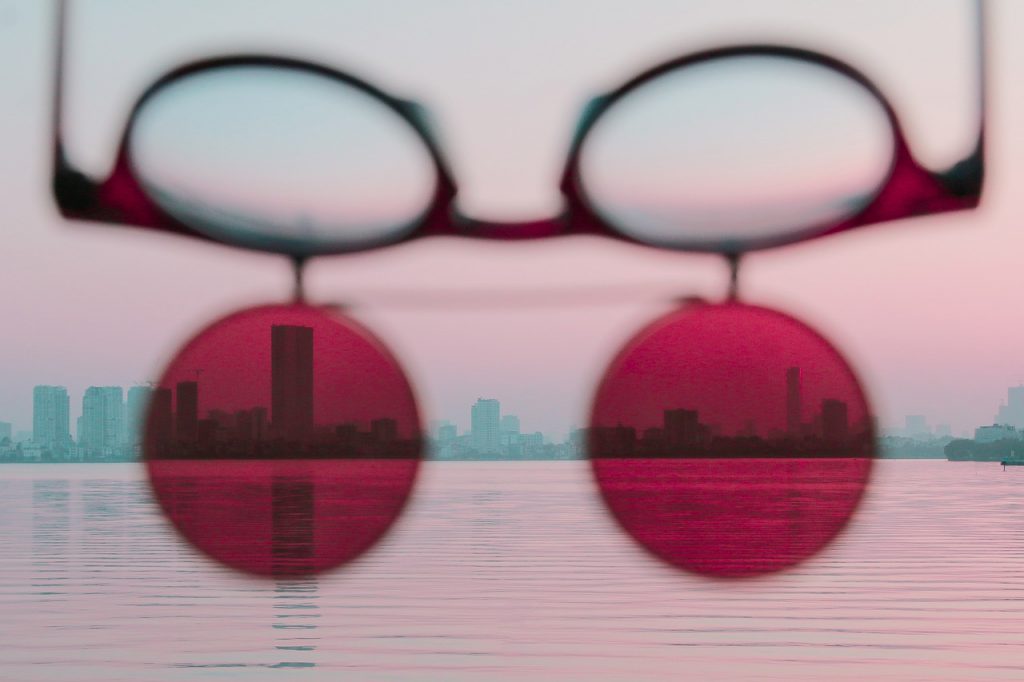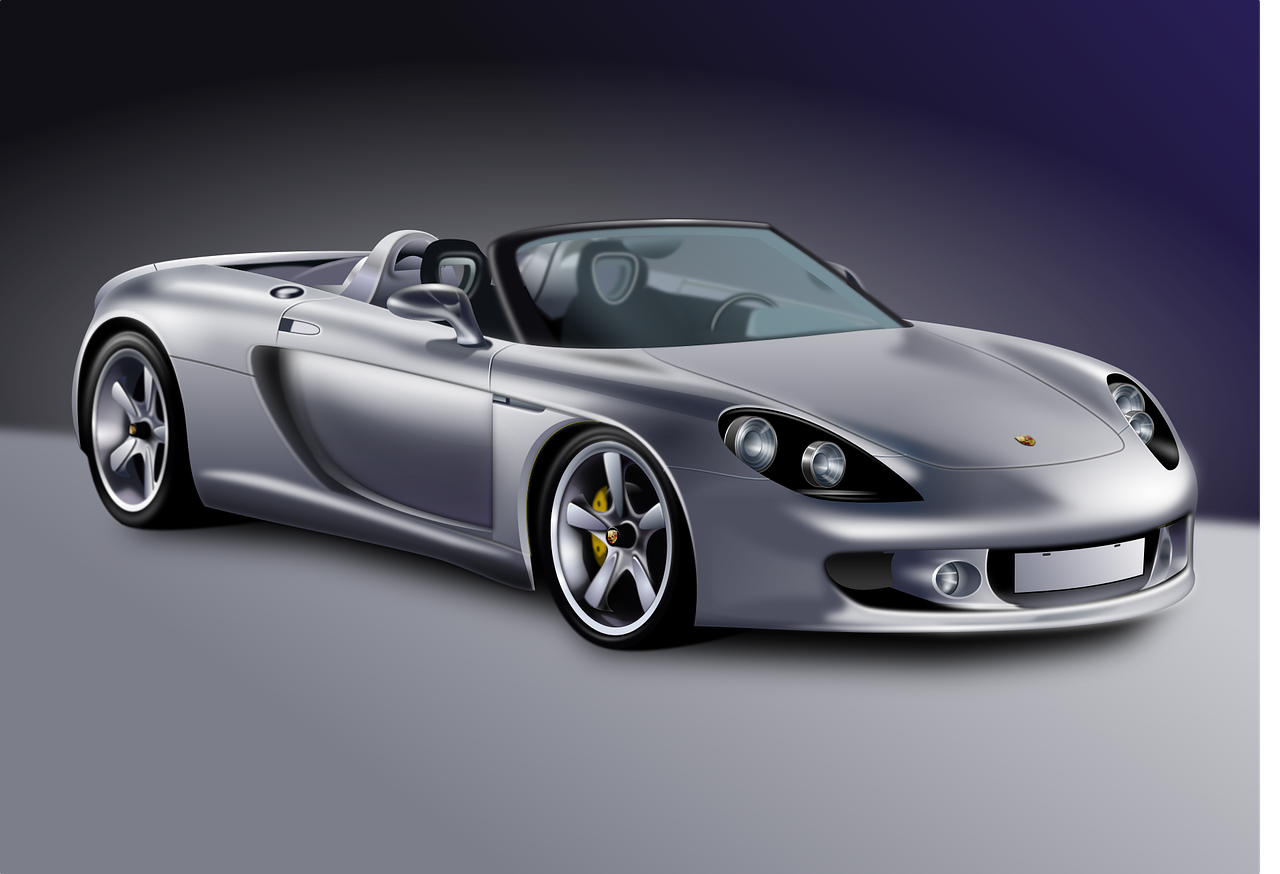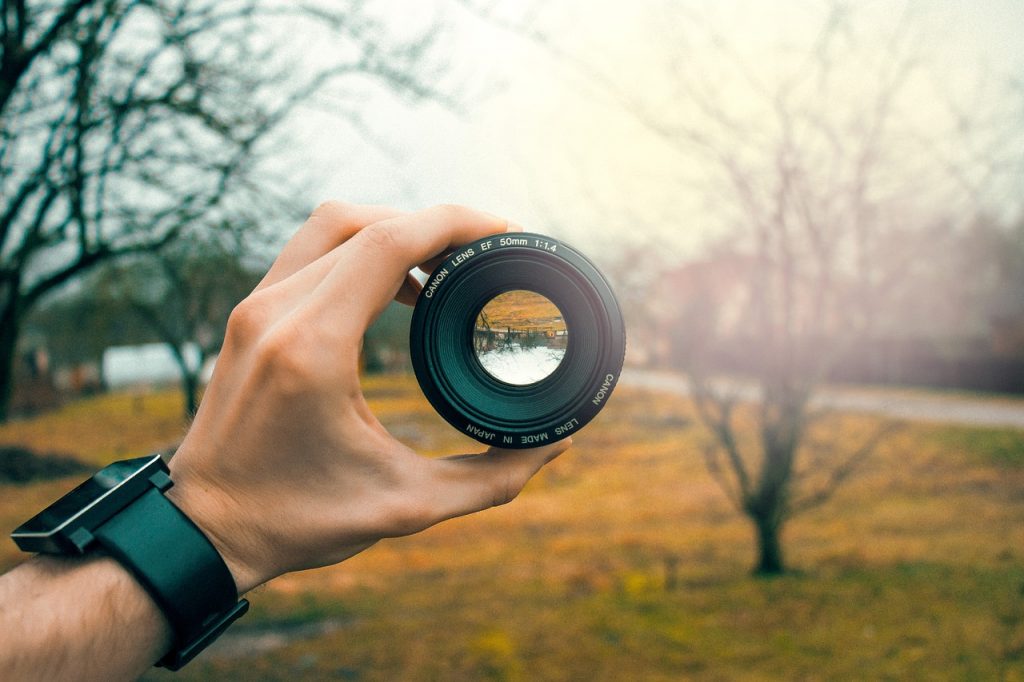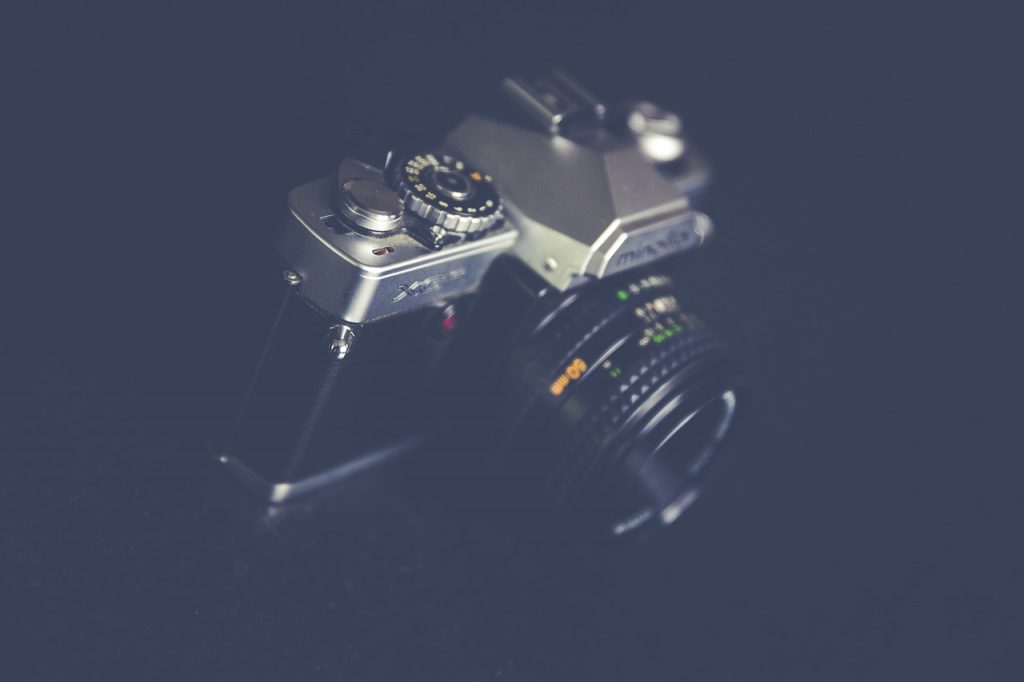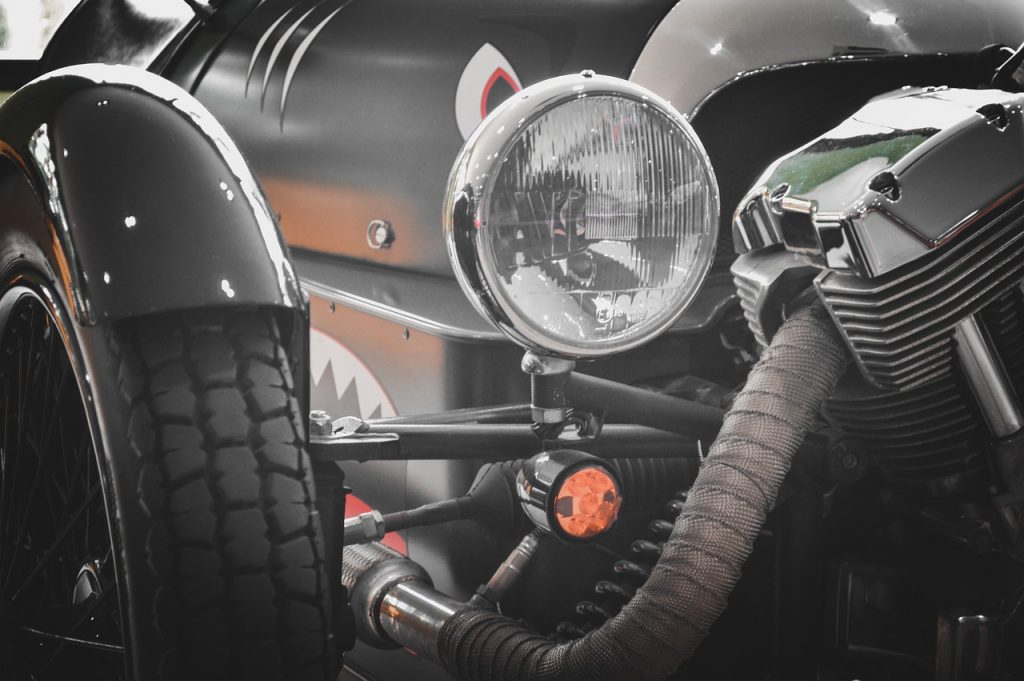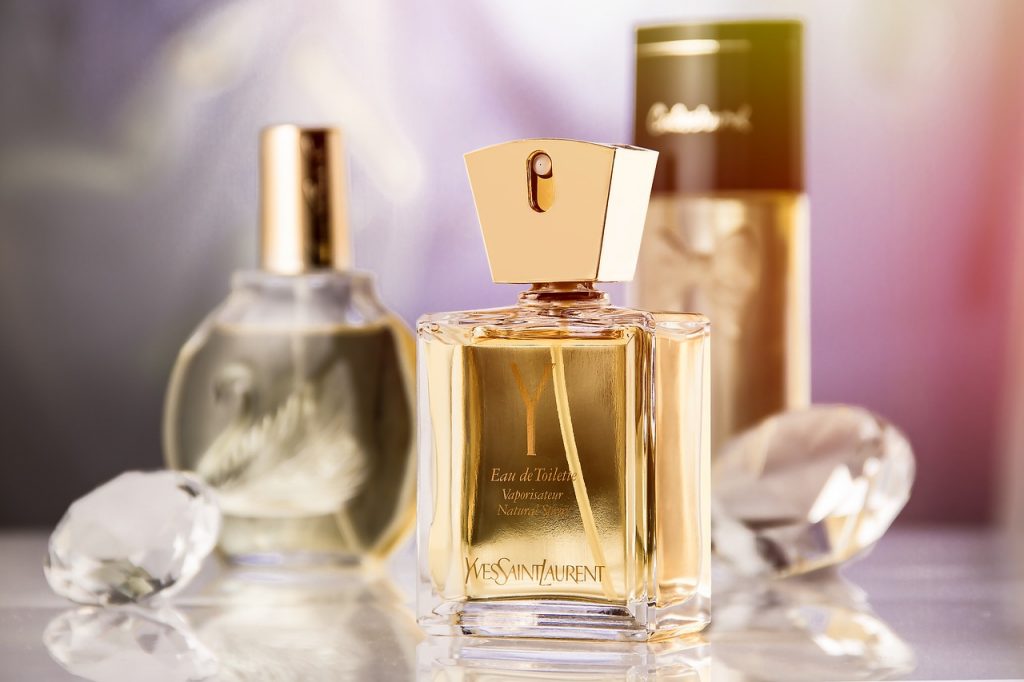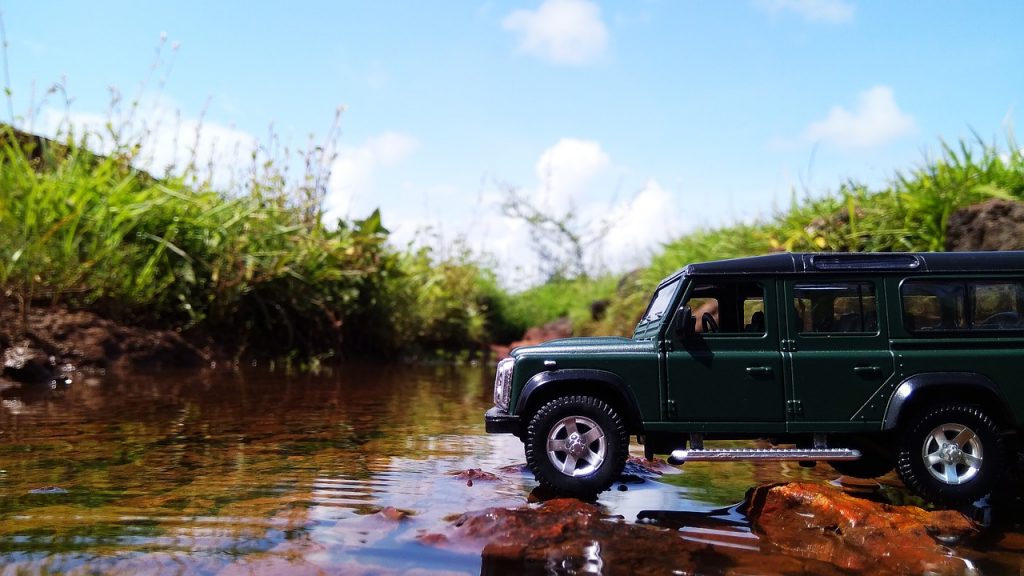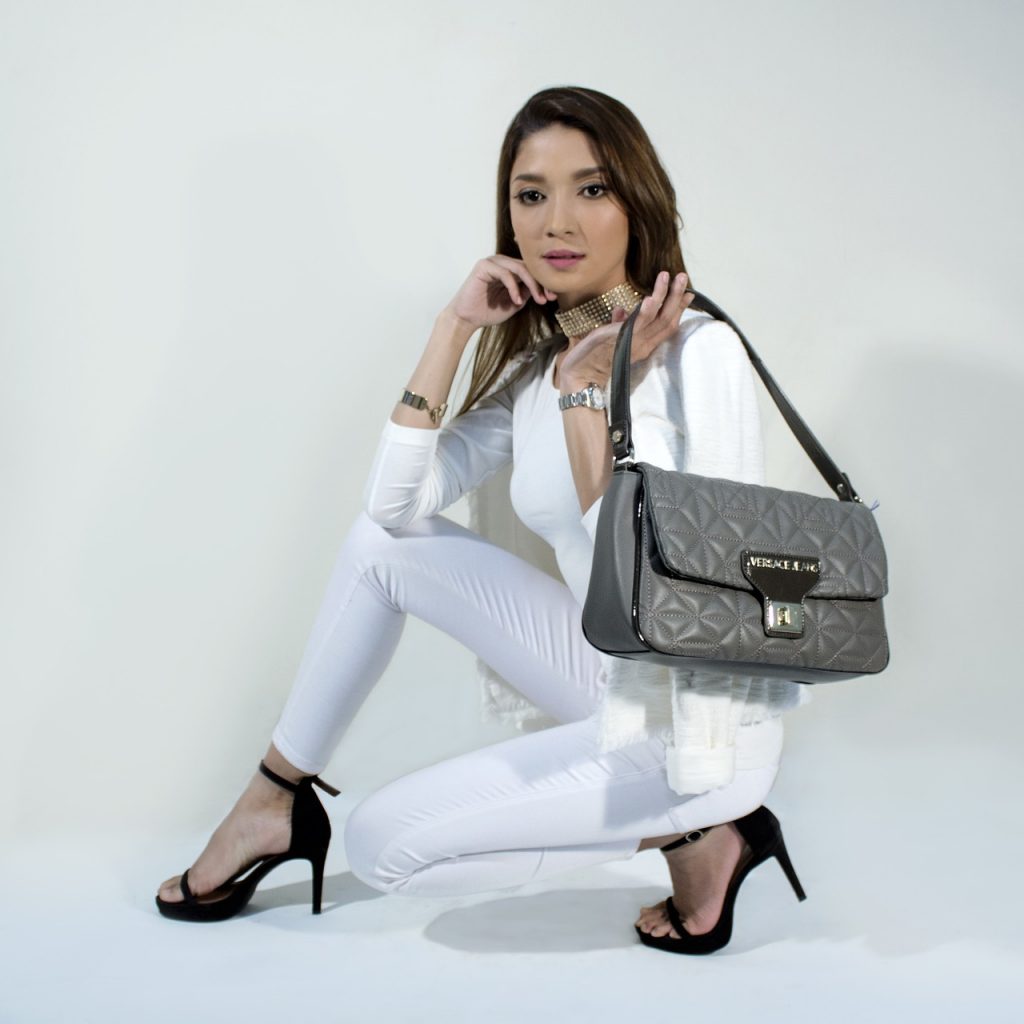Top Dark Food Photography Ideas
February 28, 2022 | Blog | No Comments
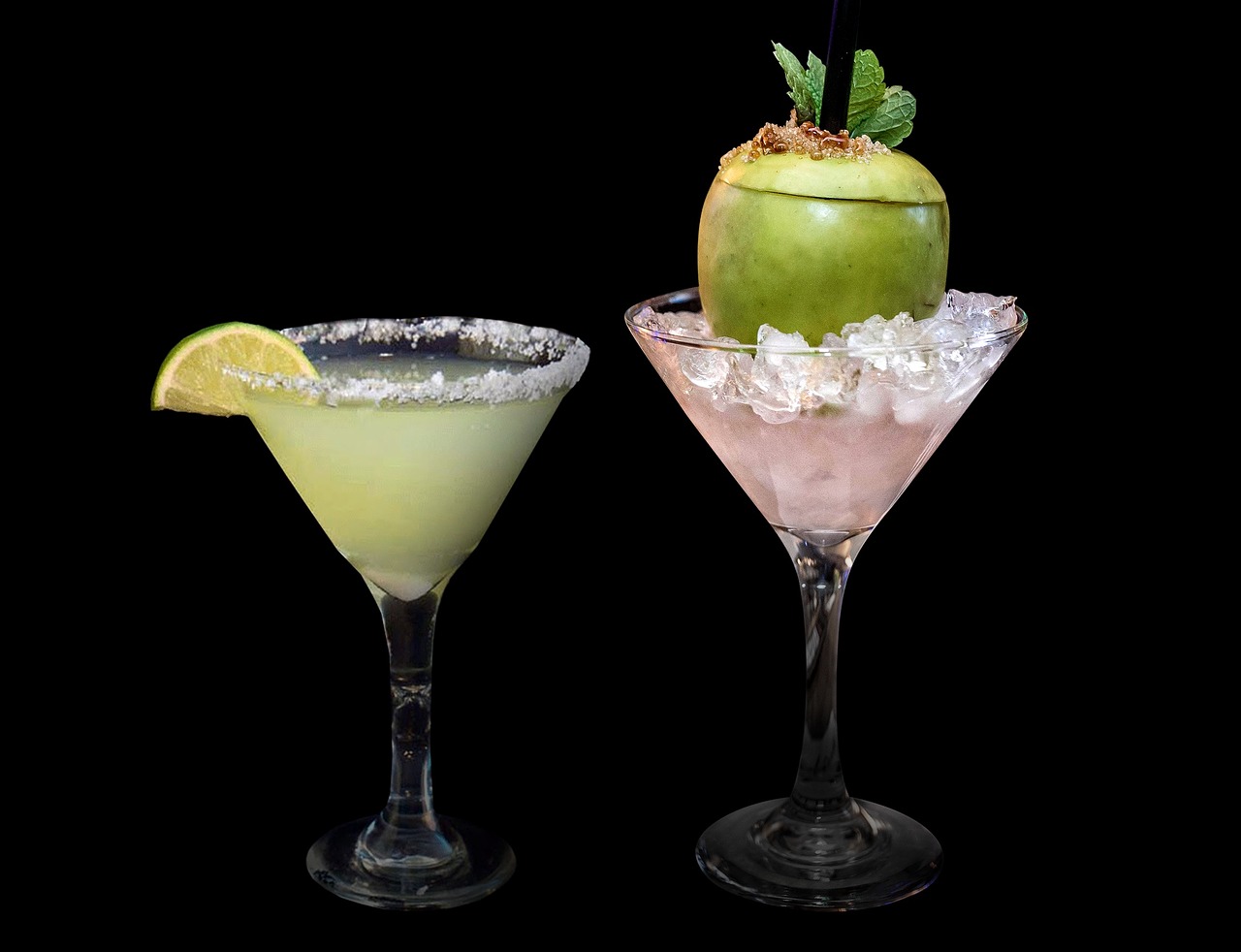
TIn the realm of food photography, trends come and go. However, moody and dark photography shows no signs of slowing down. They each have their special way of captivating your audience. So, how do you take gloomy food photos? We have three terrific dark food photography tips to get you started!
Dark Food Photography Tips and Tricks.
Tweaking the light
Some numerous methods and configurations might assist you in creating a somber and dark environment. You can even achieve a melancholy image in a very bright, even sunlight space, but let’s stick to the most frequent and simple option.
To begin, you’ll need a very narrow strip of light to illuminate your main topic, namely your dish. You can accomplish this by blocking the portion of the light that illuminates the rest of the photograph. You can use anything, such as books, drapes, and cushions. Use whatever is available and will remain still. You may also use black and white foam boards to create negative space by blocking or filling it.
Negative fill means that you lay the foam board on the other side of your subject from the light source, preventing any ambient light from hitting the subject and creating wonderful moody shadows. Foam boards may be found almost anywhere. Hobby shops and office supply stores are inexpensive, lightweight, and available in various sizes.
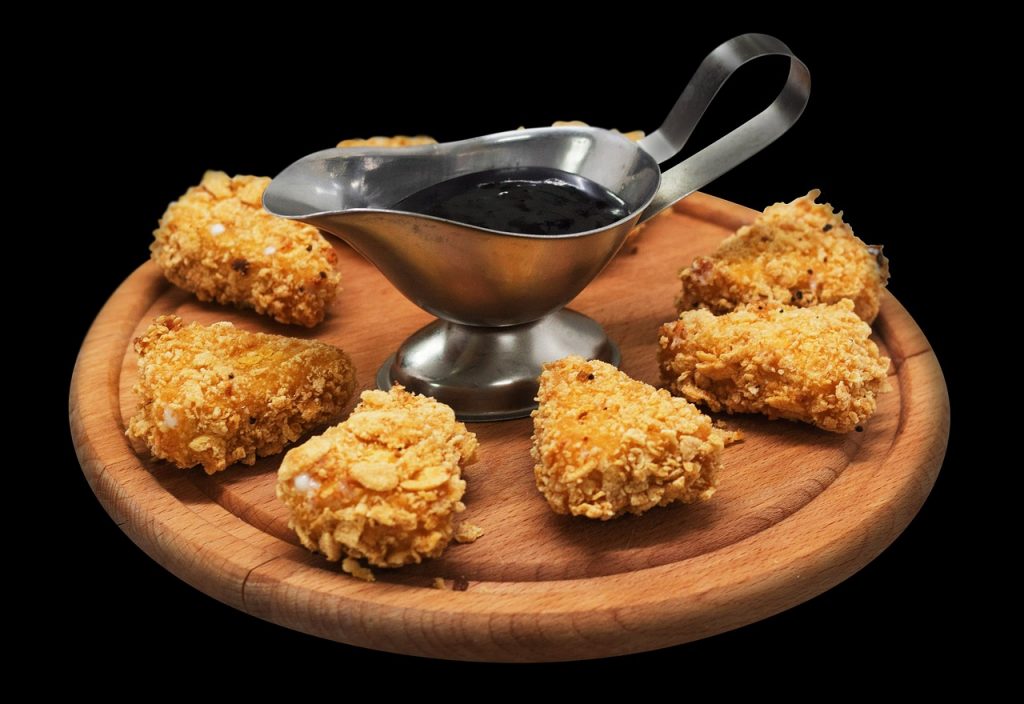
Food Styling
The dark food photography is more commonly seen in editorial work than advertising. Advertising photography is intended to be flawless, with highly styled cuisine. Anyone who has ever seen a fast-food burger commercial and compared it to a real burger understands what I mean.
However, editorial food photography, such as that found in cookbooks and foodie publications, has a more relaxed, candid aesthetic. The meal is frequently absolutely imperfect, with scattered crumbs or tastefully placed streaks and drips, as if it has just been prepared or someone has just started to eat.
This is not to argue that there isn’t any purposeful effort put into the styling. The line between rustic and authentic and simply sloppy is thin. It requires skill to make food styling appear informal and spontaneous.
Select background colours that are muted
Dark food photography ideas are all about using dim and lackluster backdrops. They will stand out and may divert your viewer’s attention. As a dark photography background, everything from slate to speckled cookie sheets can be used. Just make sure that anything you choose isn’t gleaming. Dark blues, dark grey, and black are ideal hues for dark food photography backgrounds. However, you can also experiment with various colors, such as strong espresso tones. Feel free to utilize textured backgrounds.
Placing them in your setting improves the presentation of the dish. Wood is an excellent textured material for both backdrops and props. It’s simple to work with and has a rustic appearance. Items that have corroded, such as an outdated cupboard door, or tabletop, can be used. You may also create a fake picnic table out of 24 planks.
Conclusion
So, there you have it: our top recommendations for capturing dark and moody food photography shots in your camera! If you’ve had a chance to explore with this technique to food photography, we’d love to hear your thoughts.
